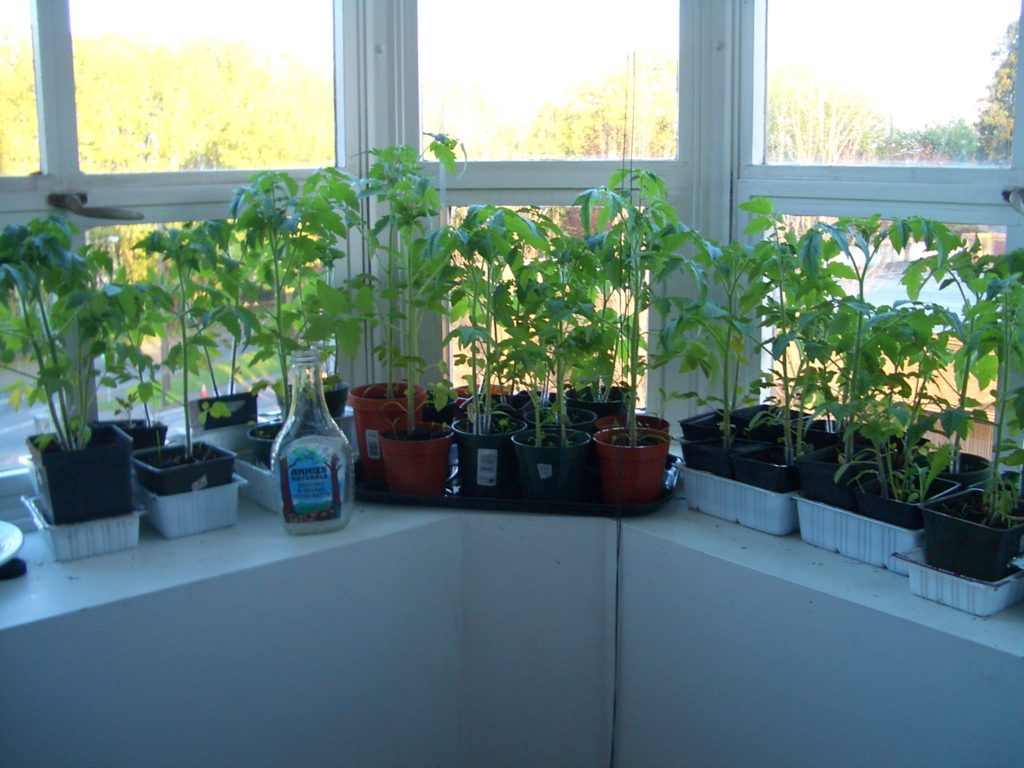Gardening has always been associated with outdoor spaces, but what if you don’t have a garden or outdoor area? The answer lies in indoor vegetable gardening, a rewarding and sustainable way to grow your own produce right inside your home. This article is your comprehensive guide to indoor vegetable gardening for beginners, providing all the essential information to get you started on your journey to becoming an indoor gardening enthusiast.
Why Choose Indoor Vegetable Gardening?
Indoor vegetable gardening offers several advantages that make it an attractive option for beginners and experienced gardeners alike:
Year-Round Gardening: Unlike outdoor gardening, indoor gardening allows you to grow vegetables throughout the year, regardless of the season.
Control Over Environment: You have complete control over the indoor environment, including light, temperature, and humidity, which can lead to healthier plants and higher yields.
Fresh and Organic Produce: Homegrown vegetables are not only fresh but also free from pesticides and chemicals, ensuring the highest quality and taste.
Getting Started
Selecting the Right Location: The first step is to choose an appropriate location for your indoor garden. Look for a spot with plenty of natural light, such as a sunny windowsill or a room with good sunlight exposure.
Choosing Containers: Container selection is crucial. Opt for containers that are the right size for your chosen vegetables and have drainage holes to prevent overwatering.
Soil and Potting Mix: Use a high-quality potting mix that provides proper drainage and aeration. You can also create a custom soil mix suitable for the vegetables you plan to grow.
Selecting Vegetables: As a beginner, it’s best to start with easy-to-grow vegetables like herbs (e.g., basil, mint), leafy greens (e.g., lettuce, spinach), and compact varieties of tomatoes and peppers.
Watering: Proper watering is essential. Ensure that your containers have drainage holes and water your plants when the top inch of soil feels dry. Avoid overwatering, as it can lead to root rot.
Lighting Requirements
Natural Light: If possible, place your indoor garden in a sunny window where your plants can receive at least 6-8 hours of direct sunlight daily.
Artificial Light: In spaces with limited natural light, consider using grow lights. LED or fluorescent grow lights are energy-efficient and can mimic natural sunlight.
Light Duration: Most vegetables require 12-16 hours of light per day. Use a timer to regulate the light cycle for your indoor garden.
Temperature and Humidity
Temperature: Most vegetables thrive at temperatures between 60°F and 75°F (15°C to 24°C). Avoid placing your plants near drafts or heating vents.
Humidity: Indoor environments can be dry. Increase humidity levels by misting your plants or using a humidity tray with water.
Maintenance and Care
Fertilization: Indoor plants need regular feeding. Use a balanced, water-soluble fertilizer every 2-4 weeks during the growing season.
Pruning and Thinning: Regularly prune your plants to encourage bushier growth and remove dead or yellowing leaves. Thin seedlings to prevent overcrowding.
Pest and Disease Management: Keep an eye out for common indoor garden pests like aphids and spider mites. Address any issues promptly with natural remedies or insecticidal soap.
Harvesting
The joy of indoor vegetable gardening culminates in the harvest. Depending on the type of vegetable you’ve grown, harvesting times vary. Here are some general guidelines:
Leafy Greens: Harvest when the leaves are mature, usually within 4-6 weeks.
Herbs: Harvest as needed, but avoid removing more than one-third of the plant at once.
Tomatoes and Peppers: Harvest when fruits are ripe and have reached the desired size and color.
Conclusion
Indoor vegetable gardening is an excellent way for beginners to experience the joys of gardening without the need for outdoor space. With proper planning, care, and attention to detail, you can enjoy a year-round supply of fresh, homegrown vegetables. So, roll up your sleeves, gather your gardening tools, and get ready to embark on your indoor vegetable gardening adventure. Happy growing!
